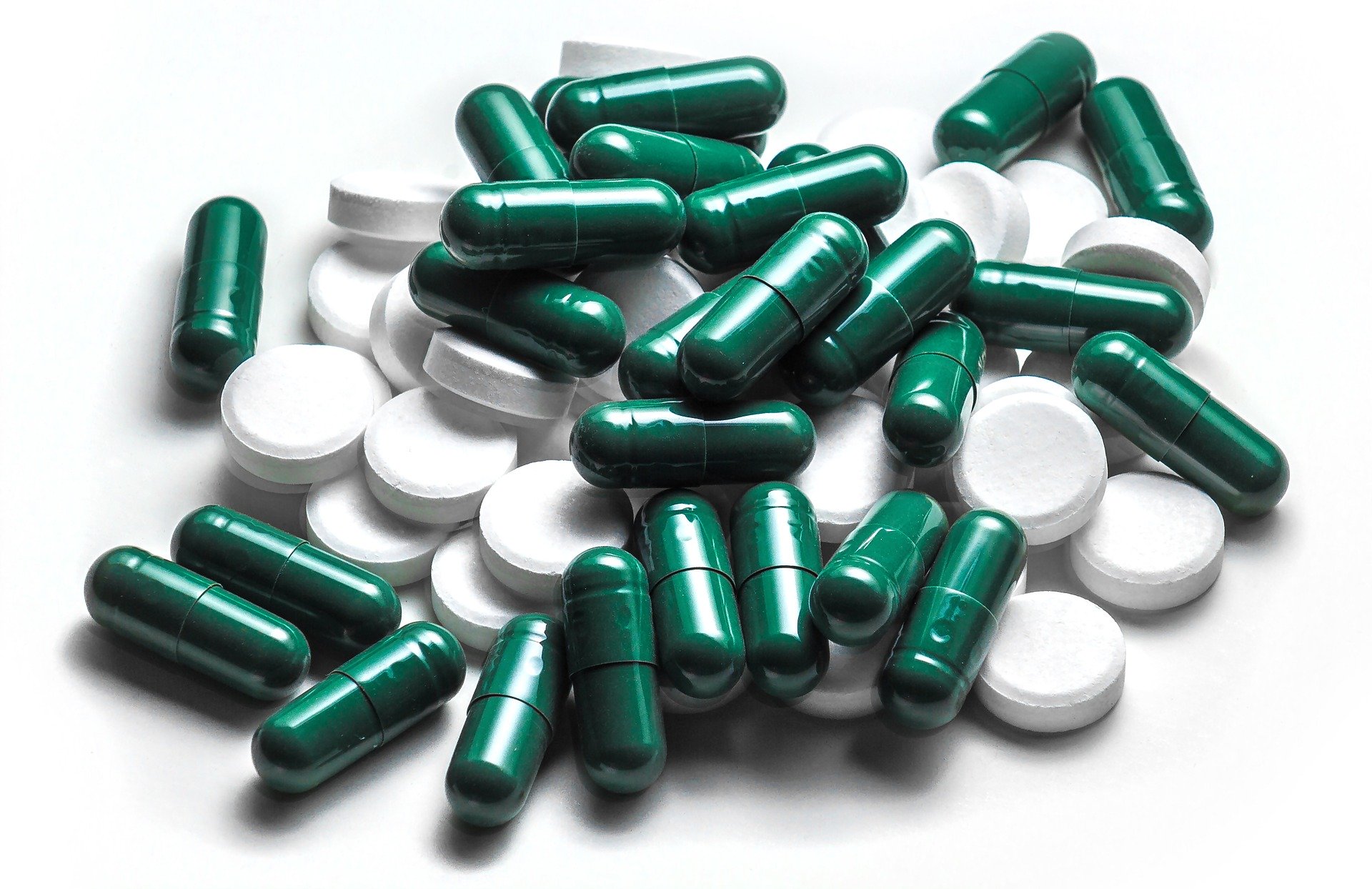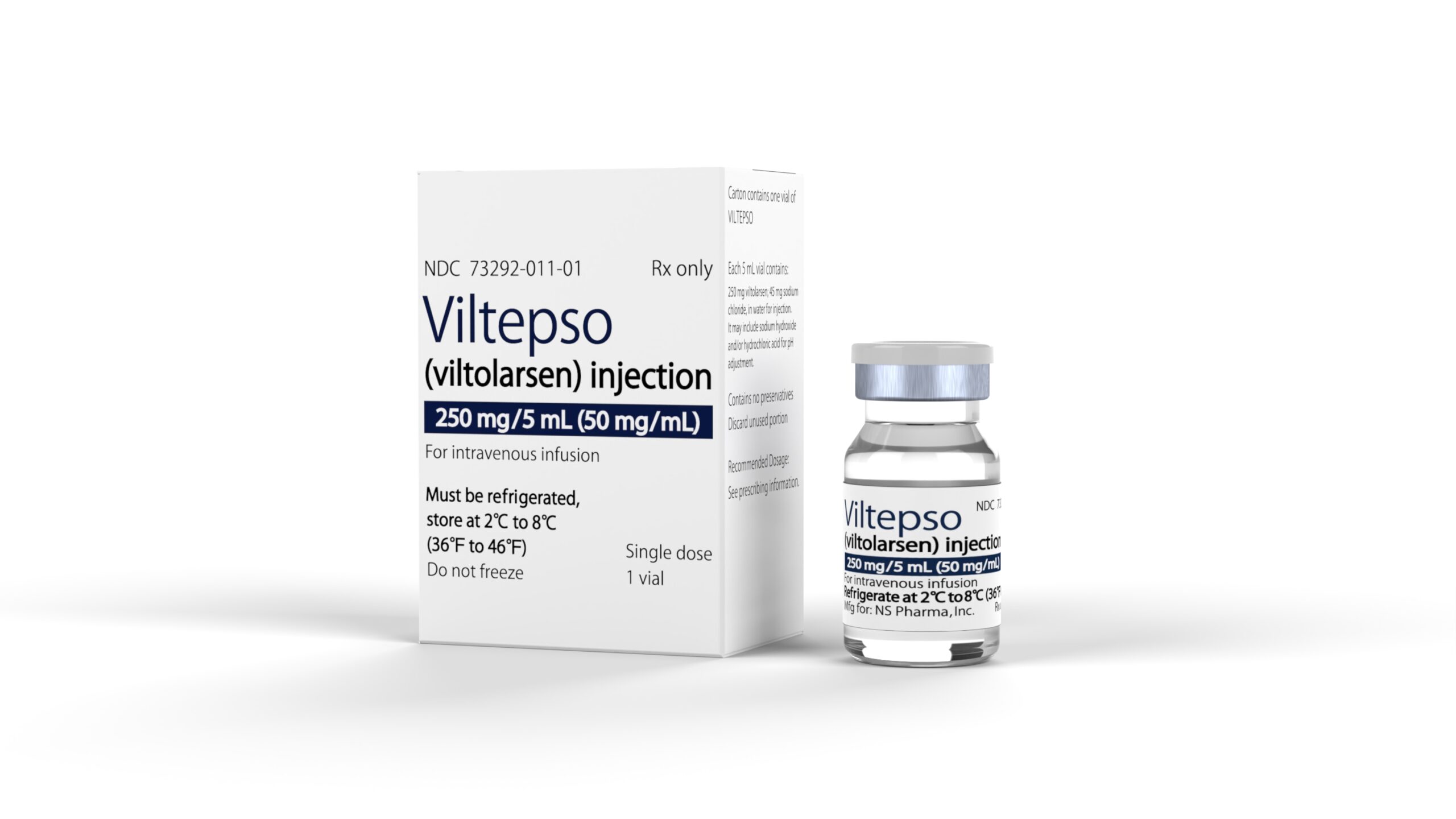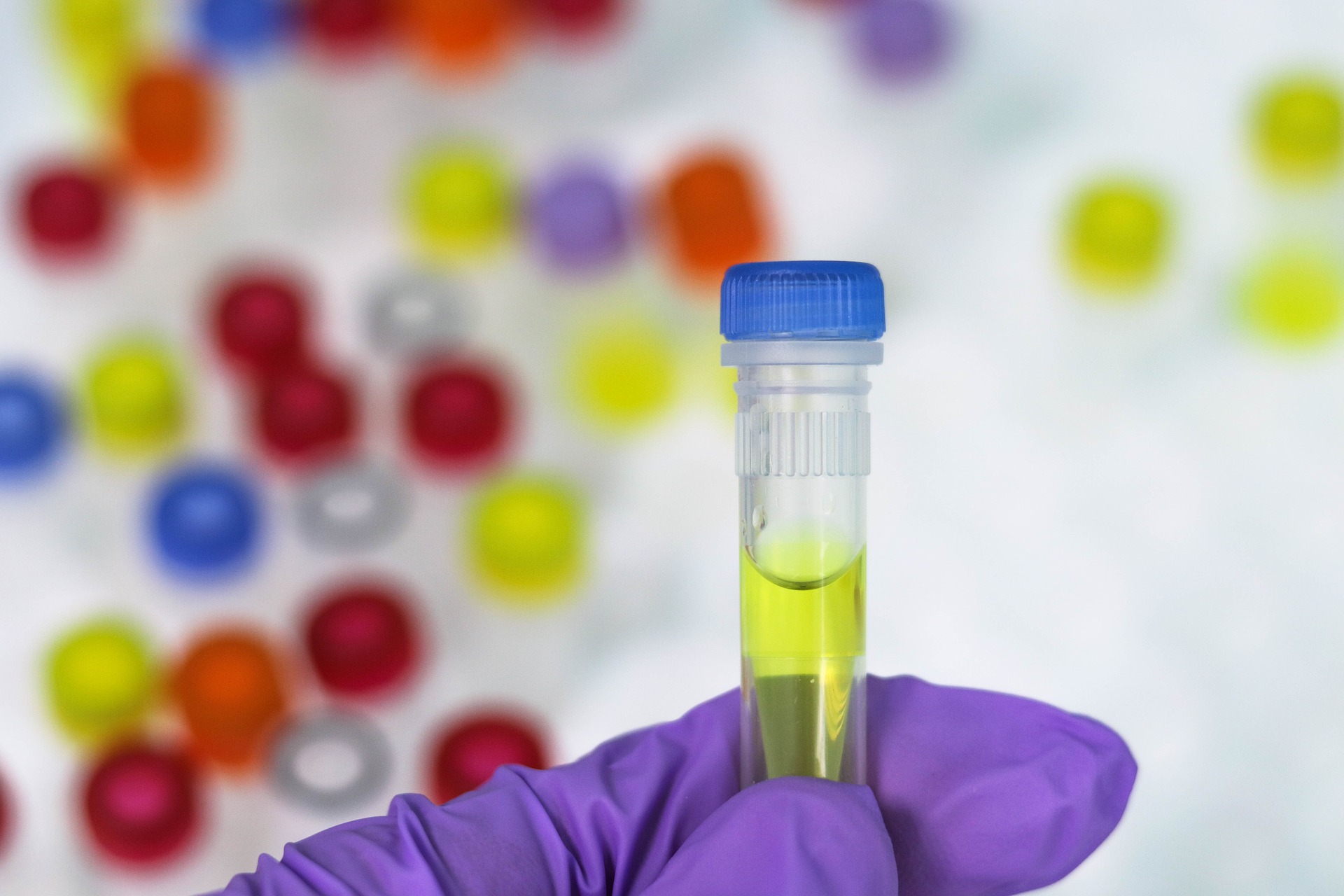Patient variability is a significant factor in determining response to cancer treatment. Researchers at UT Southwestern (UTSW) have found that while the antifungal drug itraconazole is given at a single, fixed dose to patients to treat infections, when repurposing it as an anticancer therapy, a single dose for all patients may not work.
The researchers conducted a study in non-small cell lung cancer (NSCLC) patients and found that steady state plasma concentrations of itraconazole and hydroxyitraconazole (an itraconazole metabolite) exhibited a six-fold difference across patients.
What’s more, the study found that tumor itraconazole concentrations paralleled and exceeded those of plasma. Higher itraconazole levels demonstrated a significant association with reduction in tumor volume.
Overall, itraconazole demonstrated concentration-dependent antivascular, metabolic and antitumoral effects in the patients.
These findings highlight the need for tailoring itraconazole dosages for cancer treatment in patients. It also suggests that other cancer drugs may need to be evaluated in the same way with respect to determining effective doses for individual patients.
Related: Researchers Call For ‘Radical Innovation’ in Cancer Drug Development and Review
David Gerber, MD, a professor of internal medicine and population and data sciences at UTSW, associate director of Clinical Research in the Harold C. Simmons Comprehensive Cancer Center, as well as first author on the study said, “What this means going forward is that, in future studies of itraconazole for the treatment of cancer, it may be important to check each patient’s drug level and tailor the dose.” He believes that, “In this context, there’s no one-size-fits-all dose.”
The research paper was published online in the journal Clinical Cancer Research.
Itraconazole: From Fungal Infections to Cancer
Itraconazole, sold as Sporonox, Sporaz, or Orungal, is a broad-spectrum medication that has been used for the past 25 years to treat fungal infections in different areas of the body ranging from the lungs to toe and fingernail infections. More recently, it has been repurposed to treat several different cancers owing to its newly discovered anticancer properties.
Ten years ago, James Kim, MD, PhD, an associate professor of internal medicine at UTSW and senior author on the study, helped discover that the antifungal drug also inhibits intracellular growth pathways that cancer cells use to grow.
Since then, growing preclinical and clinical evidence has demonstrated that itraconazole prevents tumor growth through diverse mechanisms, including antiangiogenic effects, inhibition of the Hedgehog signaling pathway, decreased endothelial cell proliferation, cell cycle arrest and induction of auto-phagocytosis.
Itraconazole has been shown to have potent effects either alone or in combination with other chemotherapeutic drugs. When combined with cytotoxic agents, it can increase drug efficacy and overcome drug resistance.
NSCLC Study
The UTSW researchers performed a window-of-opportunity trial to determine the biologic effects of itraconazole in NSCLC patients.
Itraconazole is typically given in two 100 mg doses per day and cancer trials have used doses of the drug ranging from 200 to 600 milligrams per day. In their study, Gerber and his colleagues opted for a fixed dose of 300 milligrams twice a day with food, given to 13 patients with NSCLC that were scheduled for surgery to remove their tumors. After surgical resection of the tumors, the researchers analyzed the tumor samples to determine how much itraconazole had accumulated in them.
The researchers measured itraconazole levels in both the bloodstreams and tumors of the patients, finding that drug levels within the tumors ranged from 1,244 ng/g to 7,094 ng/g, almost a six-fold variation.
The researchers said the variation could not be fully explained by factors known to affect drug dosing, including body mass and kidney or liver function – these were not predictive for itraconazole concentrations.
Itraconazole levels in the body were correlated with the effectiveness of the drug to shrink tumors – patients with the highest blood and tumor levels of the drug had the largest decreases in tumor volumes. Overall, over the 14-day treatment period, tumor size changes ranged from a 26 percent decrease to a 13 percent increase.
In addition, tissue analysis and imaging studies showed corresponding changes in the growth of tumor blood vessels and blood flow, indicating the antiangiogenic effects of the drug. These effects were dose-dependent as higher levels of itraconazole led to greater decreases in these vascular parameters. Tumors treated with itraconazole also exhibited distinct metabolic profiles.
“There was growing evidence that itraconazole conveyed a survival advantage to patients,” said Kim. “But, in this new work, we wanted to take a step back and look more at the biology and pharmacology of what was going on with this drug in cancer patients.”
As the number of fixed-dose cancer therapies increases, attention to inter-patient pharmacokinetics and pharmacodynamic differences may be warranted, said the researchers.
“This study highlights the need, when repurposing drugs, to look closely at the dosing,” said William Trey Putnam, PhD, director of the Clinical Pharmacology Center at Texas Tech University Health Sciences Center, who collaborated with Gerber and Kim on the research. “In different diseases, the dosing can end up needing to be quite different.”
While the study was not designed to examine side effects, the researchers say the dose used was within the range previously determined to be safe.
As a commonly used antifungal drug, itraconazole is much cheaper than most other cancer drugs that have similar effects on tumor growth and tumor vasculature. The researchers say future studies will examine the use of itraconazole in combination with other cancer drugs to reveal why the drug is processed so differently by different patients.
“We had a small number of patients enrolled in this trial, but we were able to optimize the use of specimens and clinical data to get statistically significant results,” said Farjana Fattah, PhD, a UTSW assistant professor with the Harold C. Simmons Comprehensive Cancer Center who helped lead the research. “Larger studies might be able to draw even more conclusions.”












Join or login to leave a comment
JOIN LOGIN